RV Propane Best Practices
Propane is a safe compound made up of carbon and hydrogen that provides RVs with the power they need for refrigerators, ovens, heaters, and more. Propane is a colorless, odorless, and tasteless gas that can exist in either liquid or gas. I’m not sure what job requires someone to taste chemicals but hats off to that person!
Propane is often referred to as LP (Liquid Propane) or LPG (Liquid Petroleum Gas). Although propane is odorless, regulations require gas companies to add an unpleasant rotten egg-like odor (ethyl mercaptan) to it so you can know if it is in the air. This is a smart element of propane safety that is built into the regulations.
When propane gas is in its liquid form, it takes up less space and is easier to store than when it is a gas. Propane gas takes up 270 times more space inside a tank than liquid propane. Imagine the tank size you would need to hold the standard 30-pounds of liquid propane if it were a gas! Propane remains in its gaseous form in temps as low as -44oF; however, when propane gas is put under pressure, it turns to a liquid and takes up less space. At 80oF, propane gas can be converted to its liquid state at only 125 PSI, and propane tanks have an internal pressure from 125-200 PSI which ensures propane remains in its liquid state.
Propane Trivia Fact: Propane weighs 4.2 pounds per gallon, so a standard 30-pound DOT tank has about 7 gallons of liquid propane inside which produces 1,890 gallons of propane gas.

So, what does one gallon of liquid propane power in your RV? One gallon of liquid propane will produce 270 gallons of propane gas and holds about 90,000 BTUs. The average RV furnace uses 30,000 BTUs for every hour it runs, so you will use ⅓ of a gallon of liquid propane for every hour it runs. If you were using your propane for your furnace only, at this rate you could run your furnace for 21 hours straight before emptying a 30-pound tank.
RVing with propane is a safe and effective way to power your appliances as long as you follow some guidelines.

Propane Best Practices
- Turn your propane off when you are traveling.
- Conduct a minor leak test every time you turn your propane on during setup. Using the GasStop, this only takes 5 minutes and can detect any issues that may have occurred during travel.
- Check your propane tanks regularly and be aware of the date of manufacture on the collar. Be sure to have it requalified after 10-12 years of use and replace it if it shows excessive rust, dents, or damage.
- Check your LP detector annually and replace it after 5 years of use or according to manufacture guidelines.
- Check your propane pigtail hoses between your tank and regulator for cracks and tears and replace them at the first sign of issues. You can also proactively replace them with a higher-quality hose like the GasGear to avoid premature wear.
- Use a GasStop on your propane tanks to have automatic and complete shutoff in the event of a major leak, cut, or rupture in your propane system.

To learn more about propane, check out our latest article: Propane Trivia and Tips



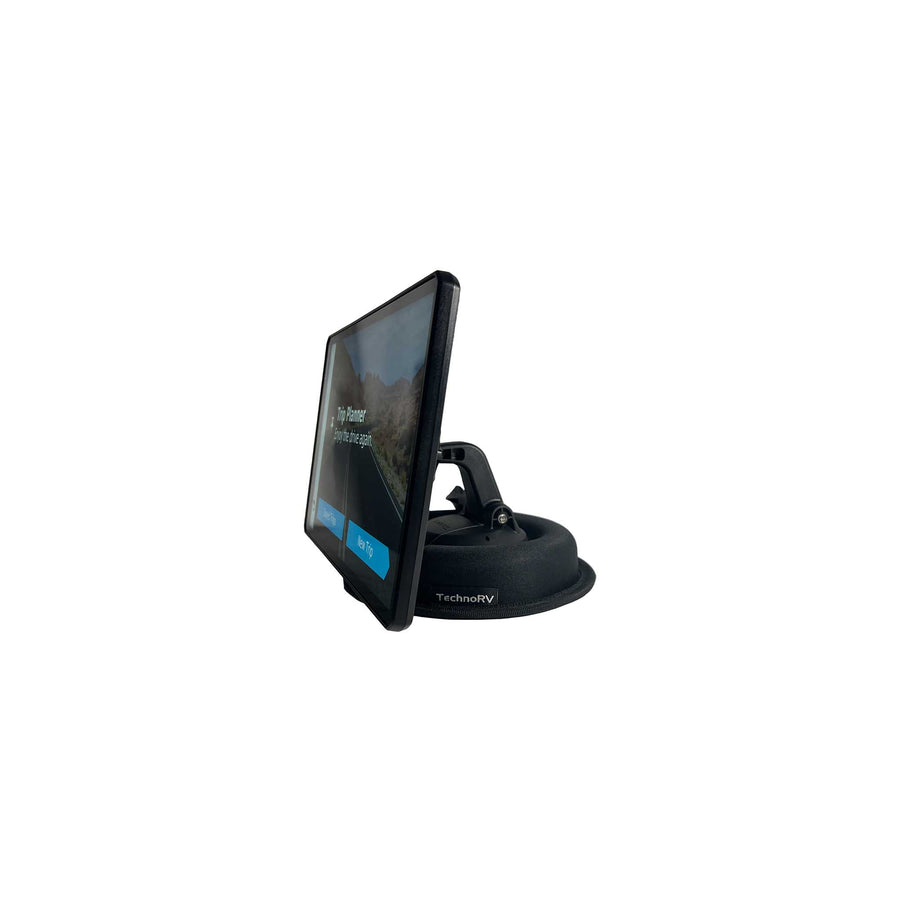
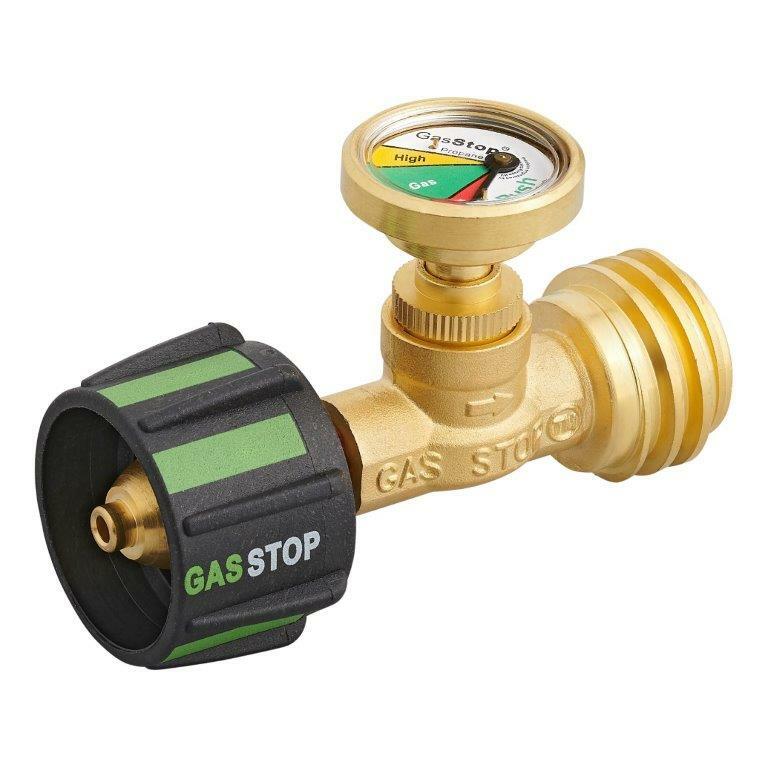

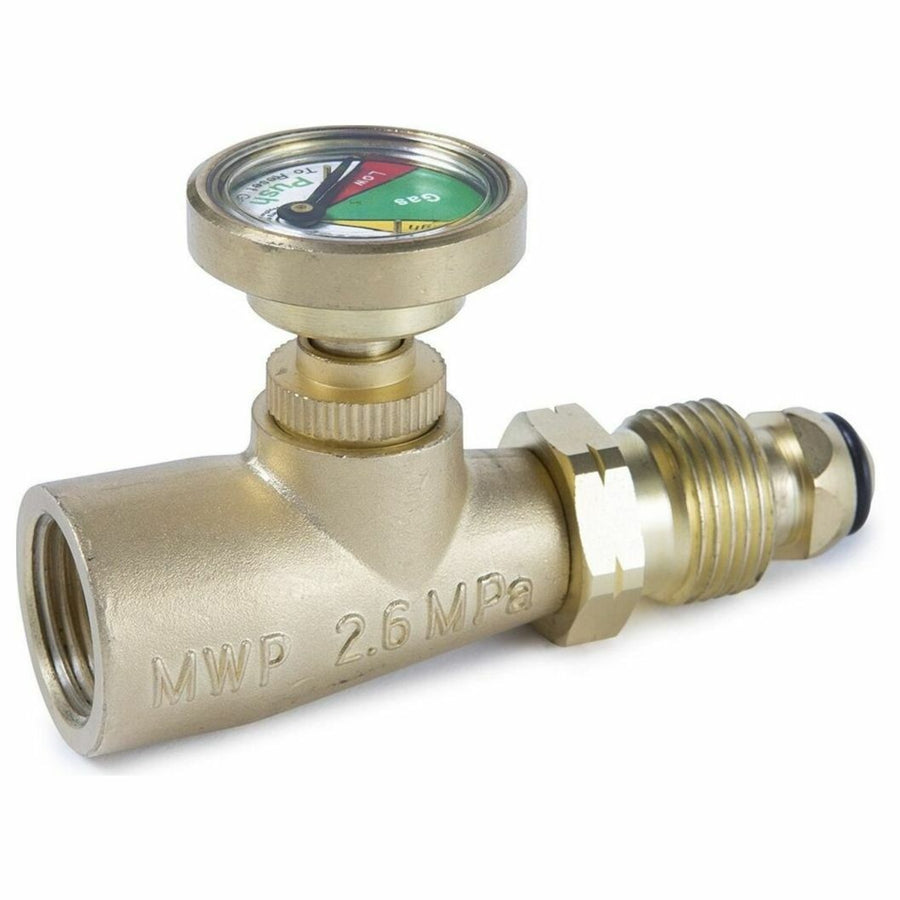

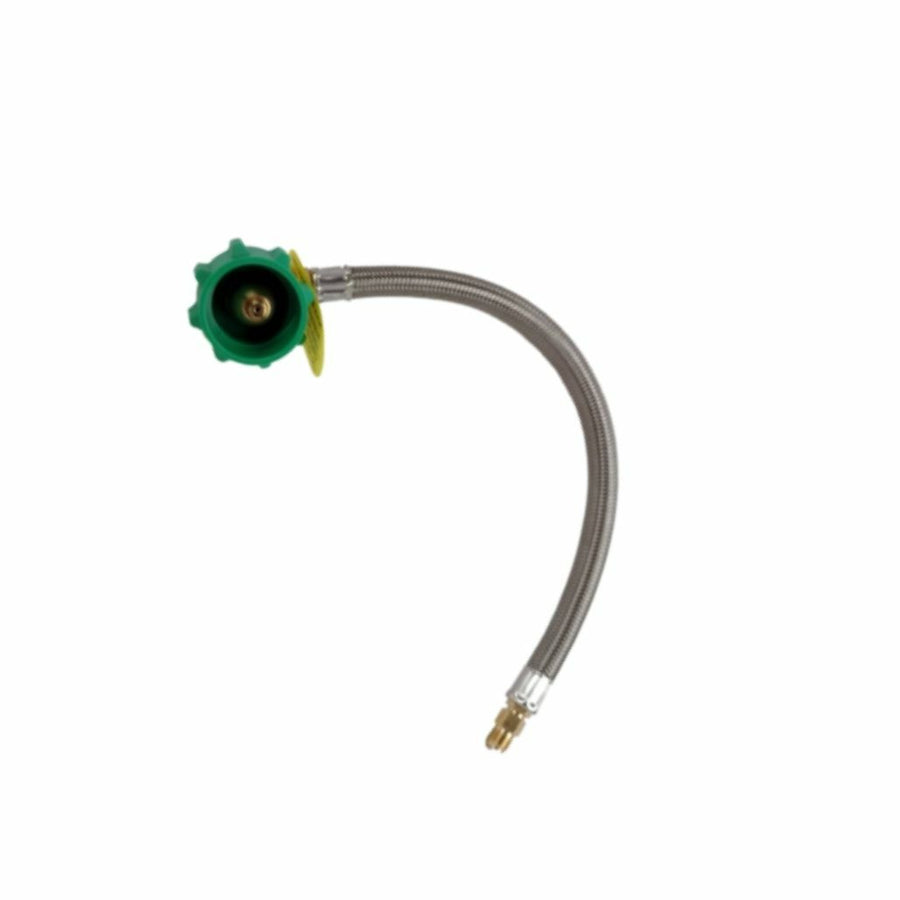


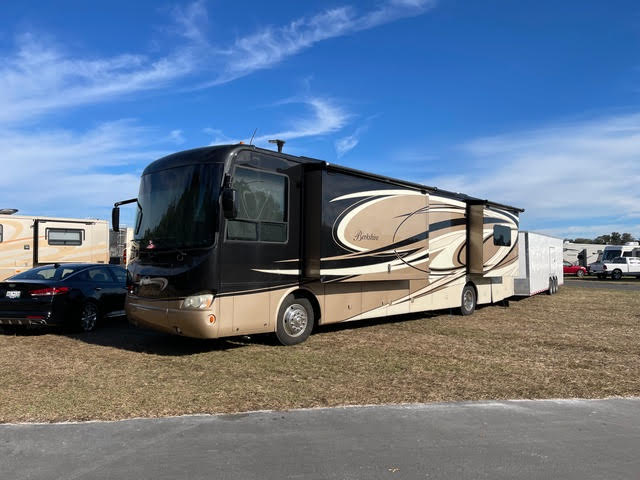
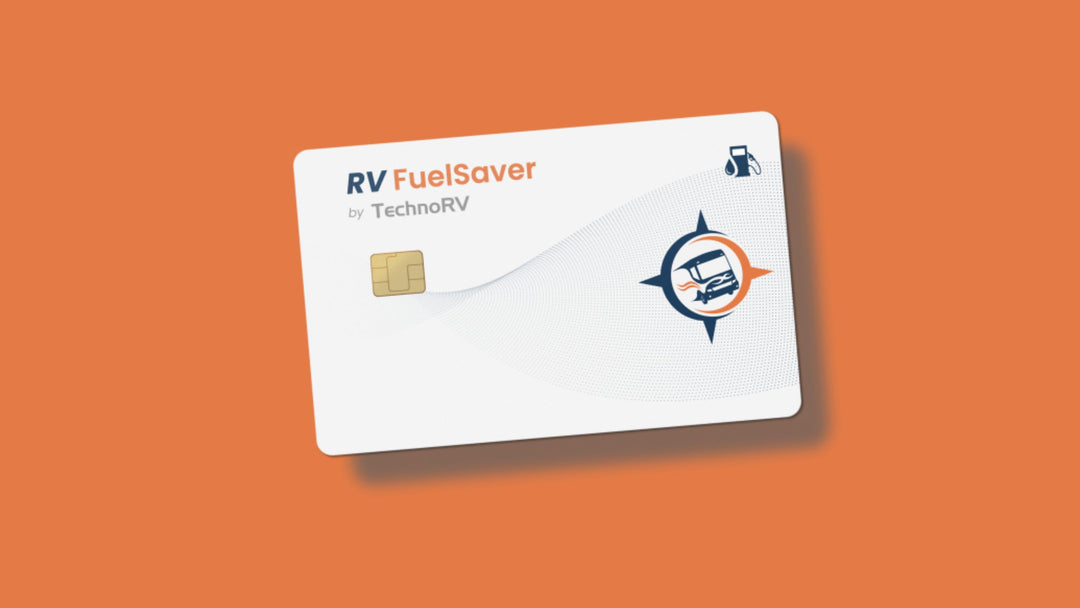
Leave a comment